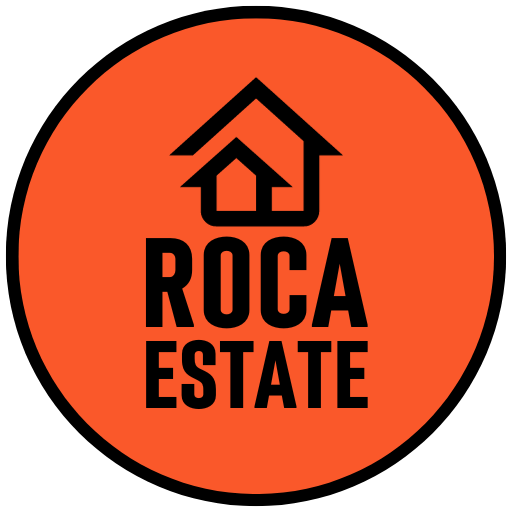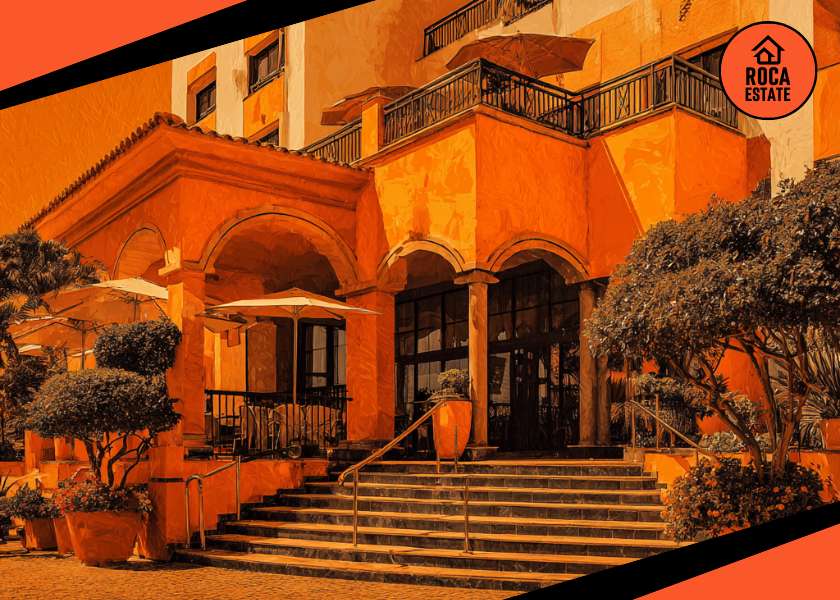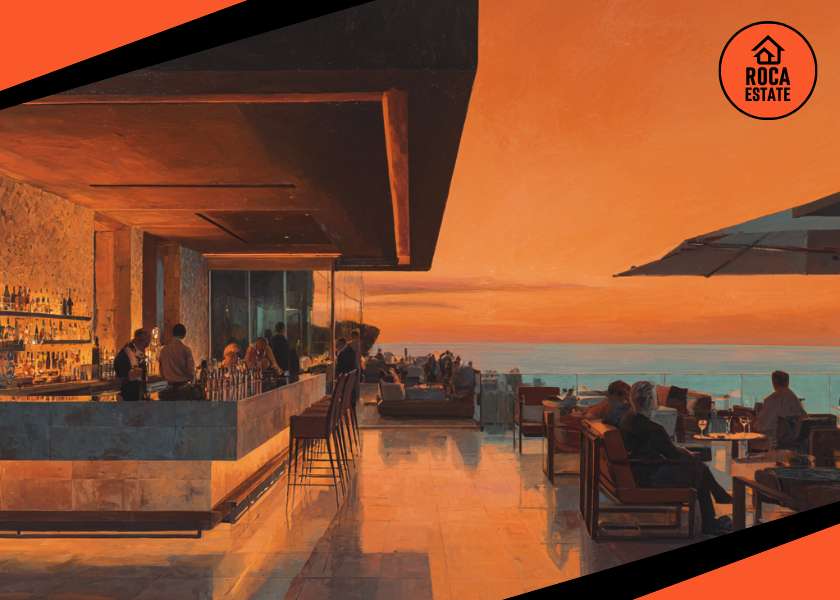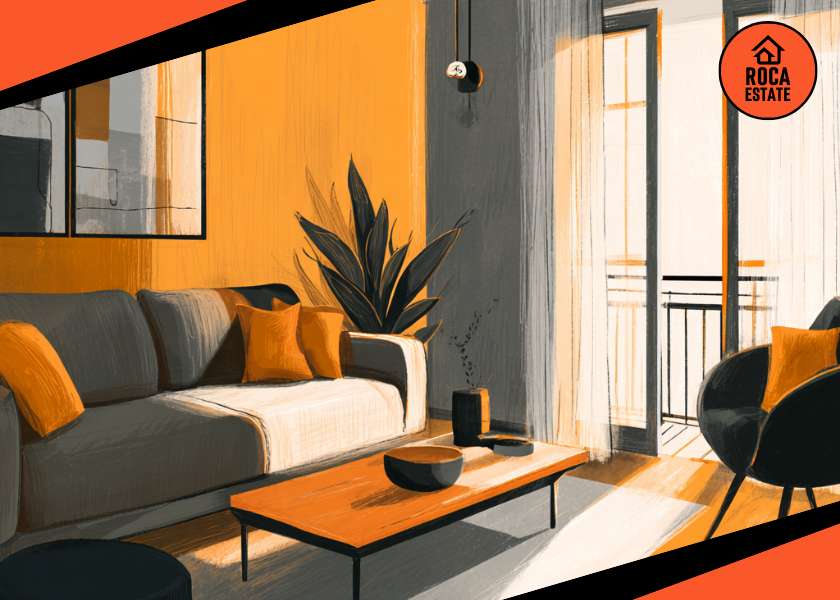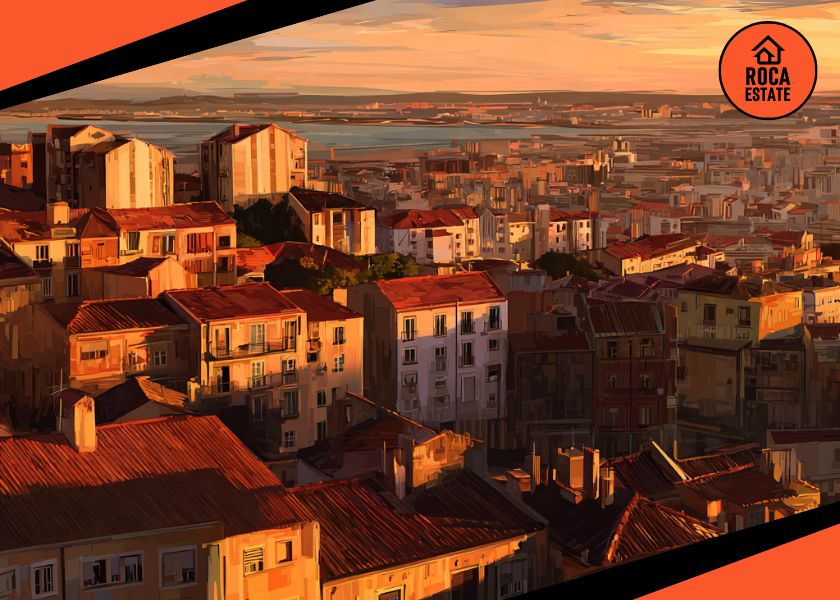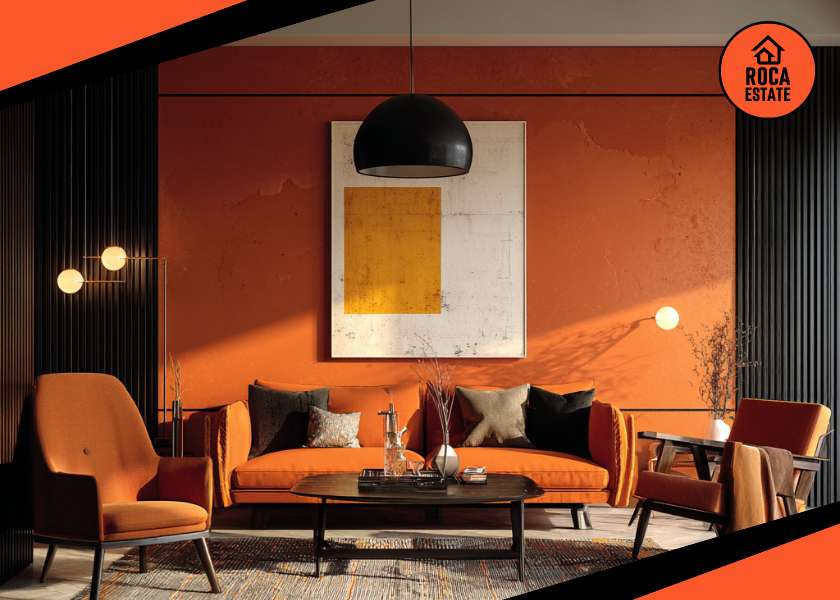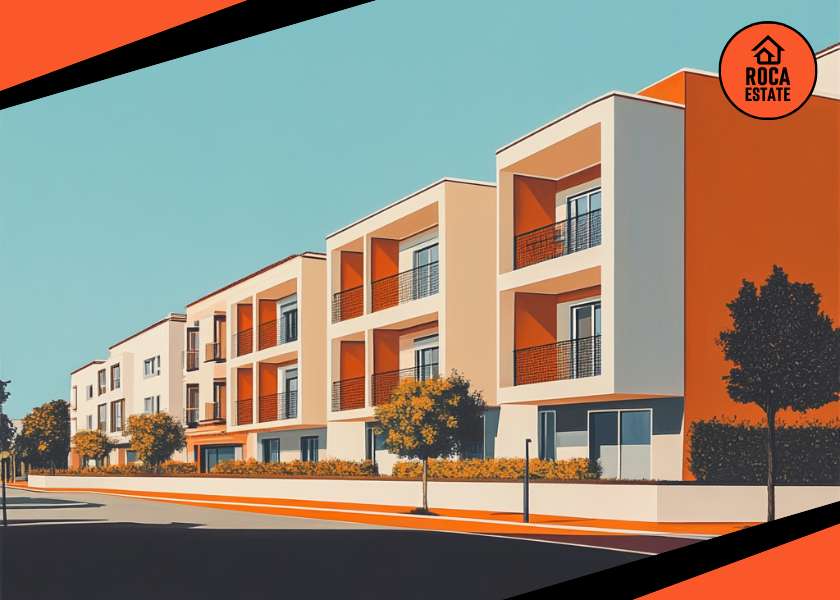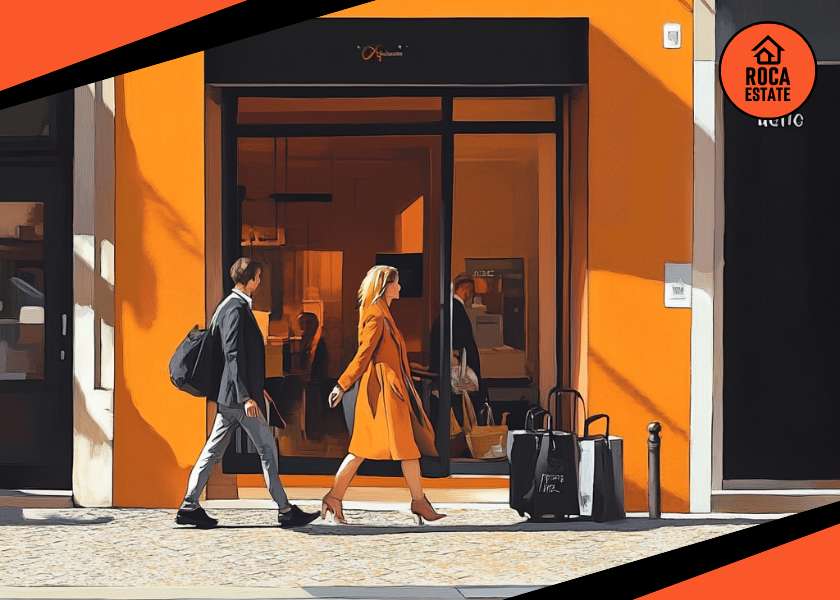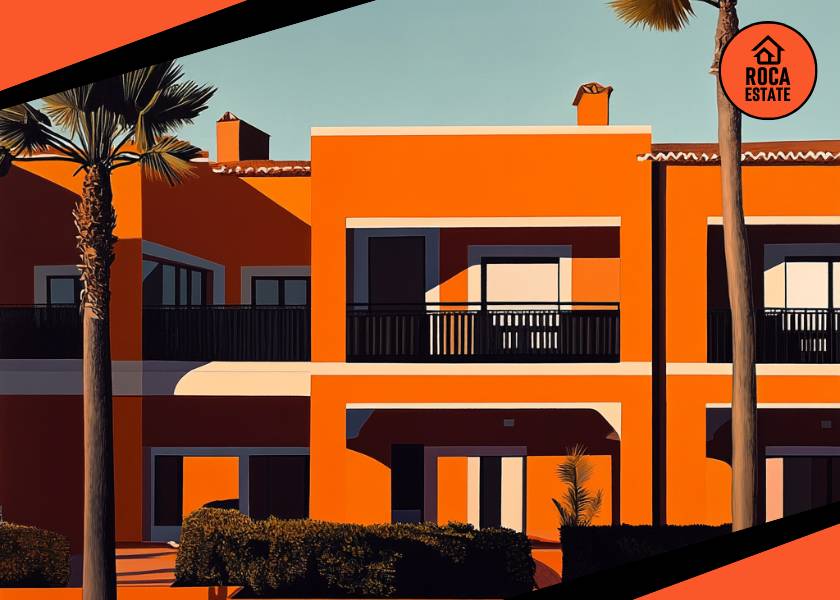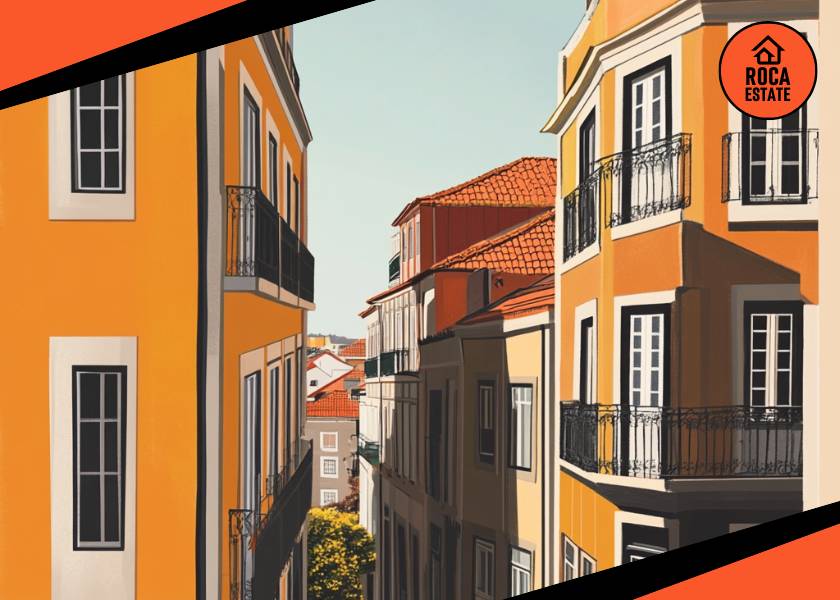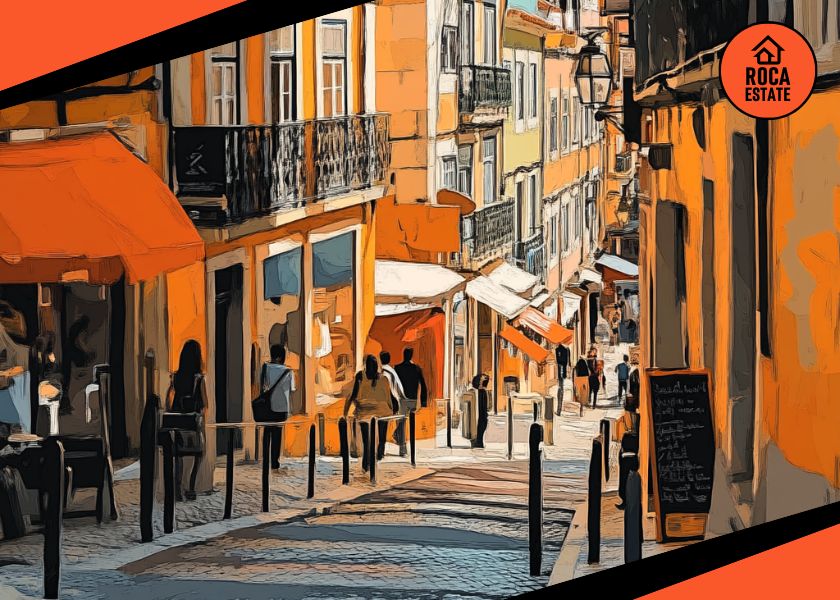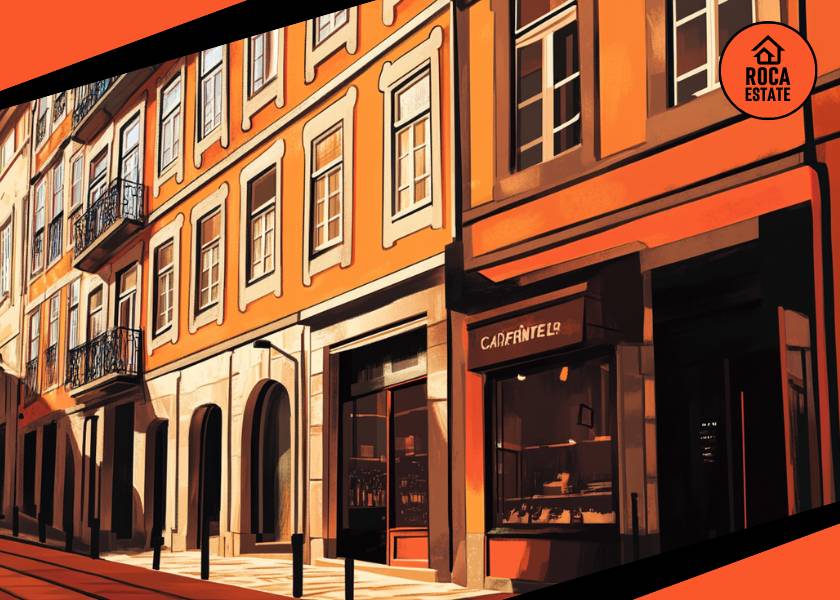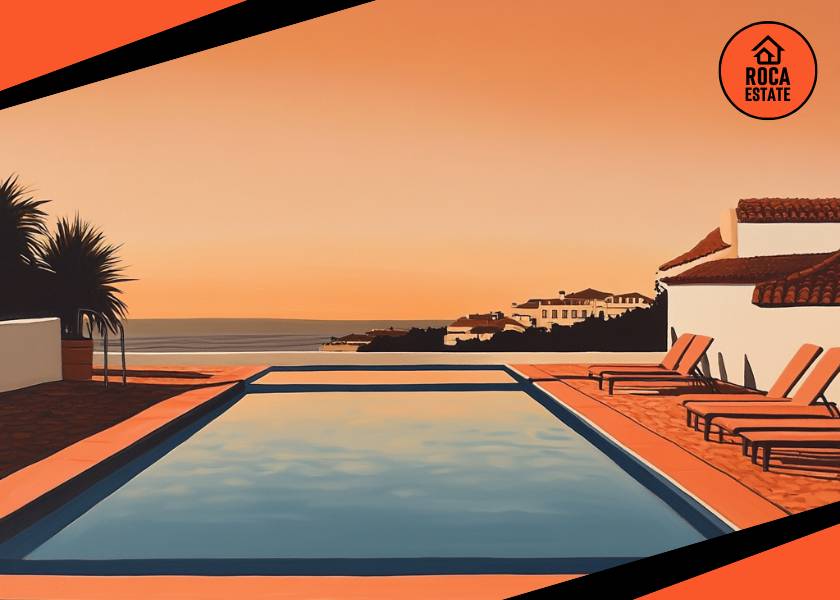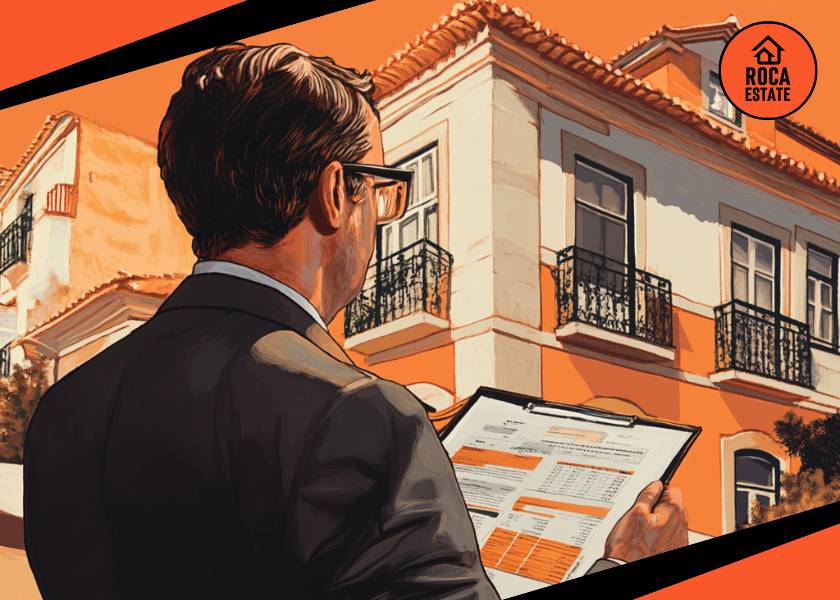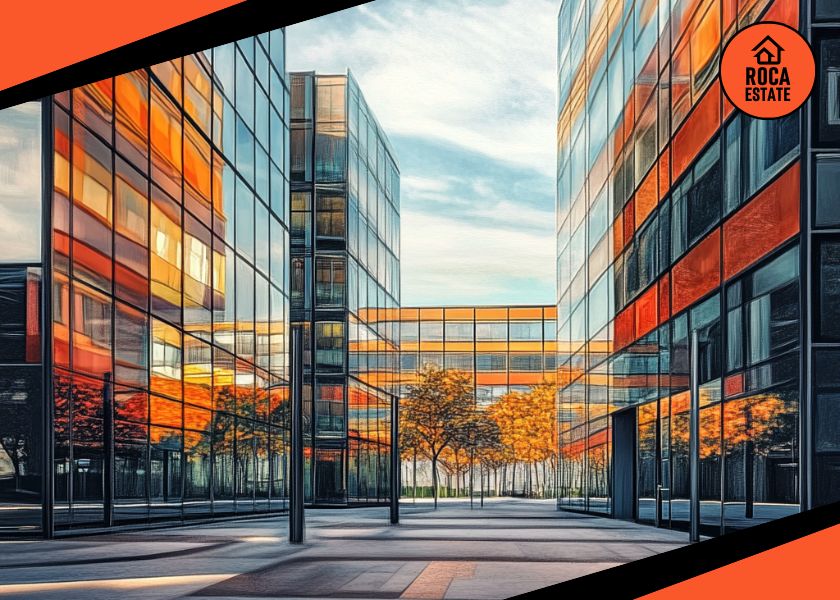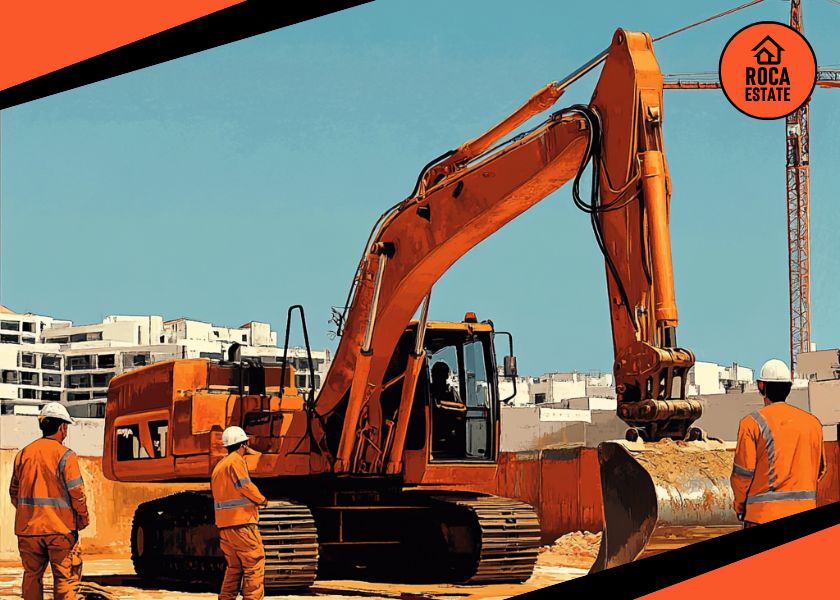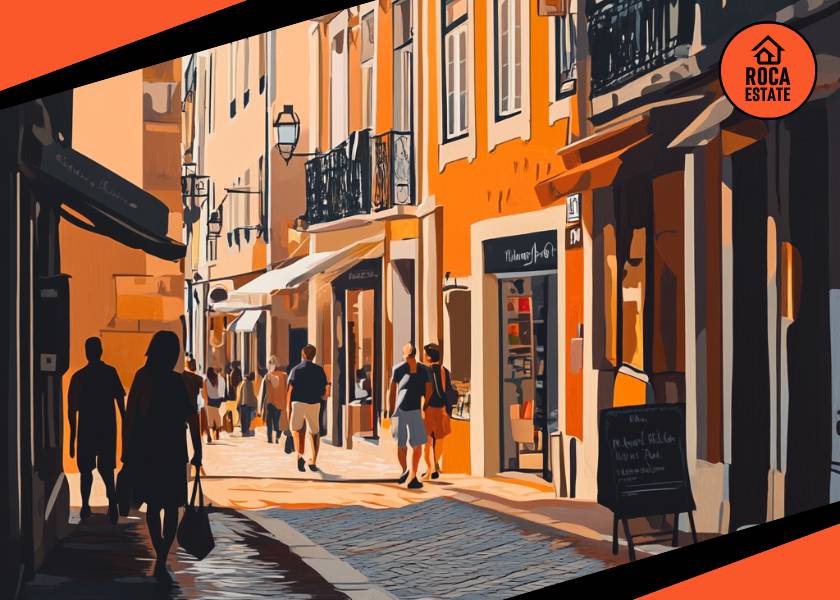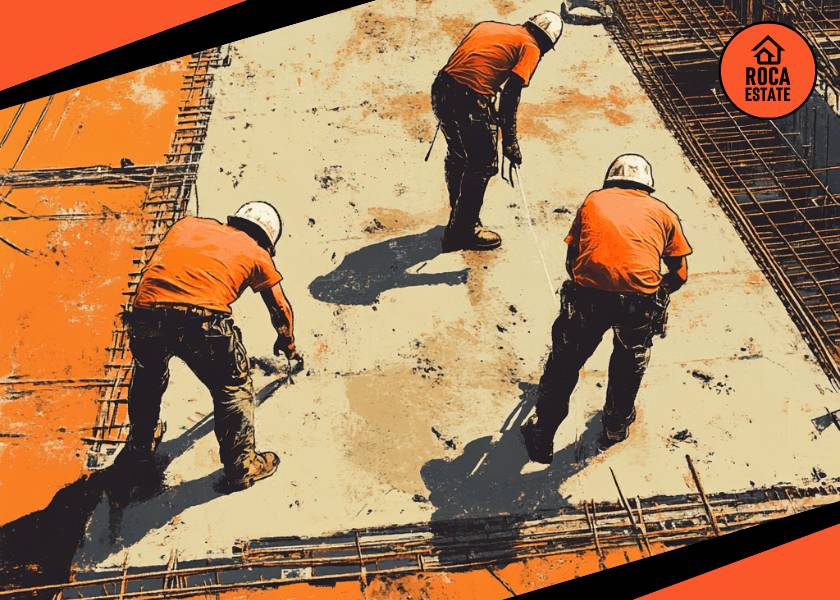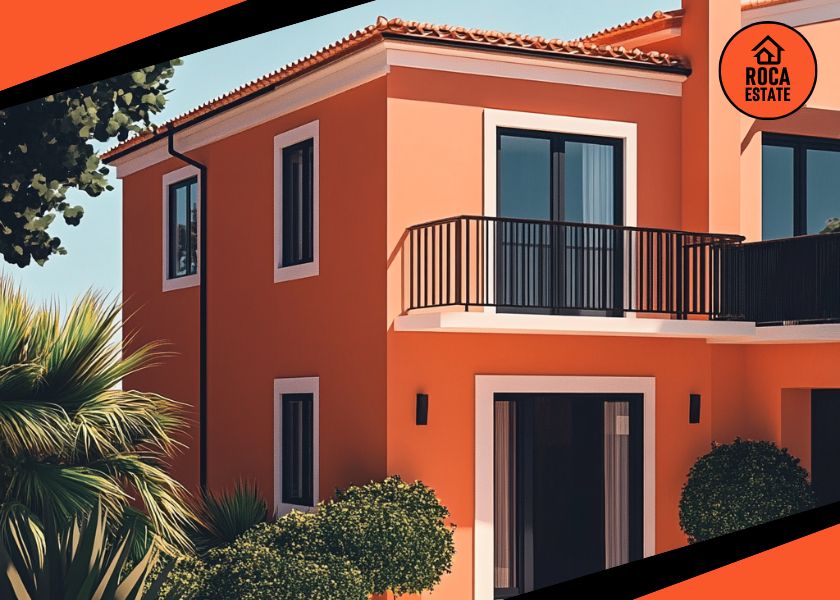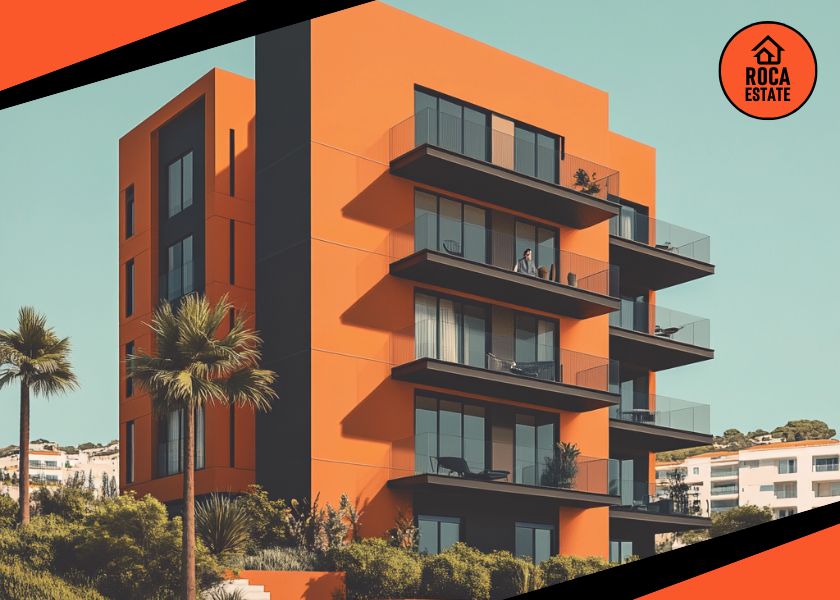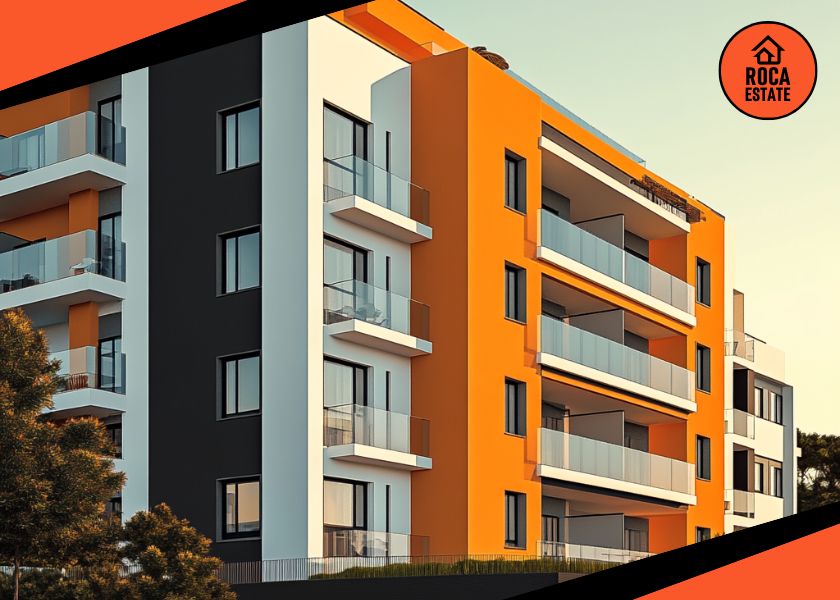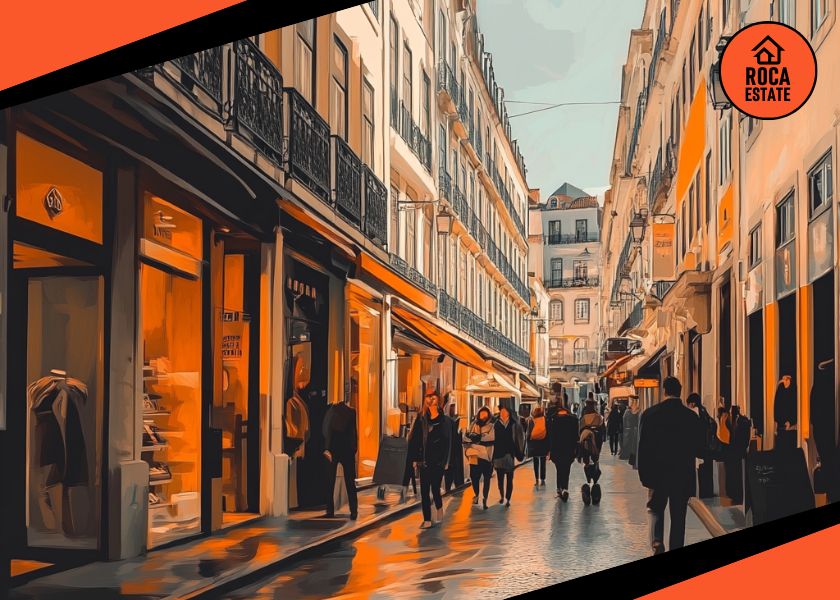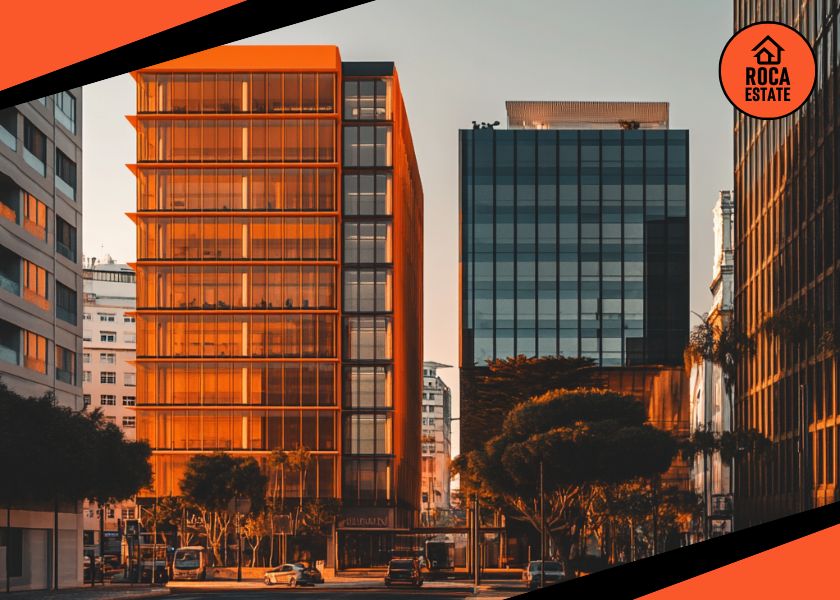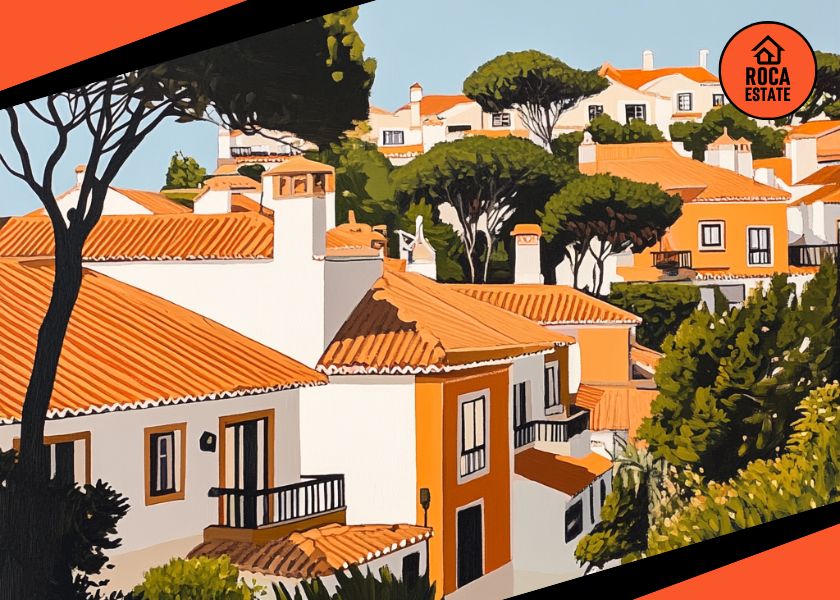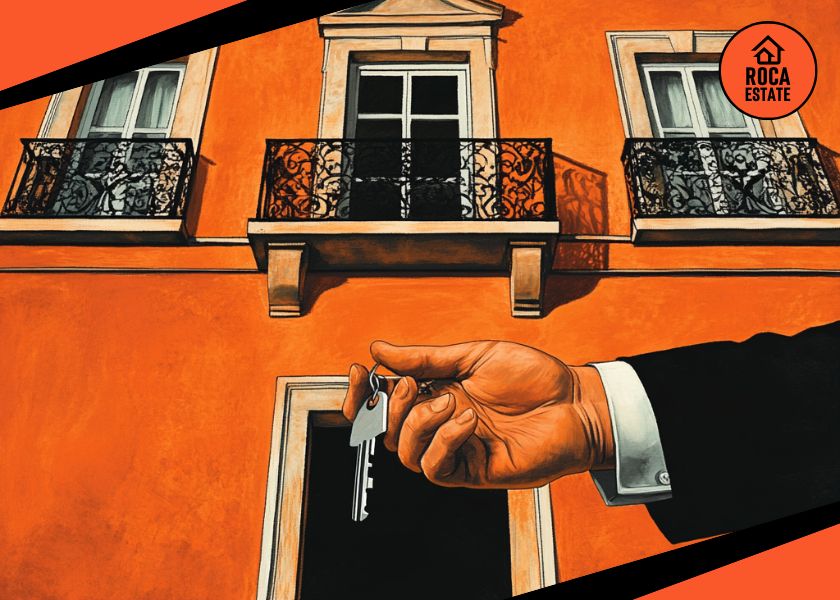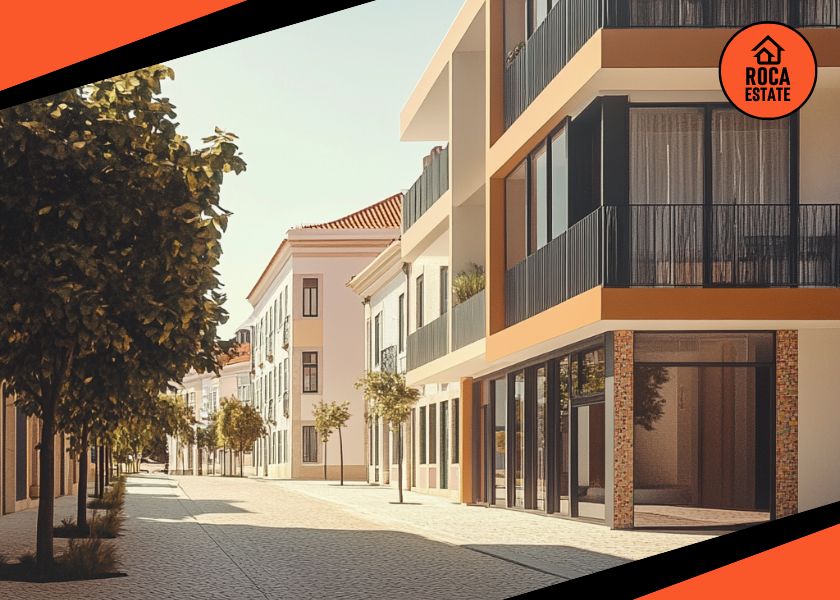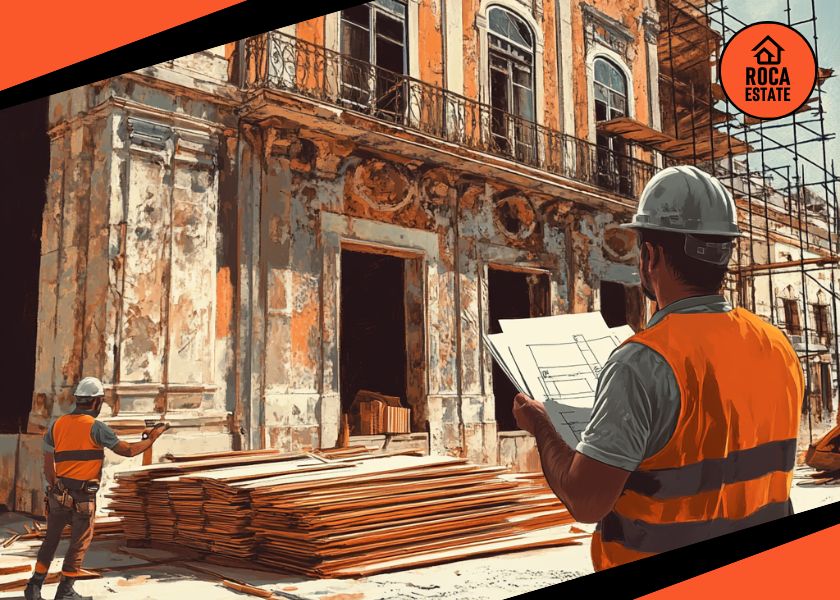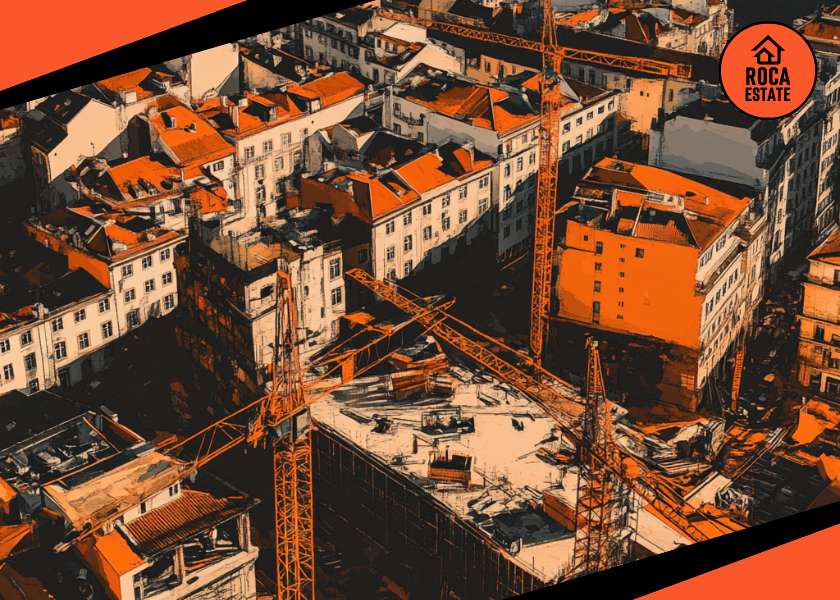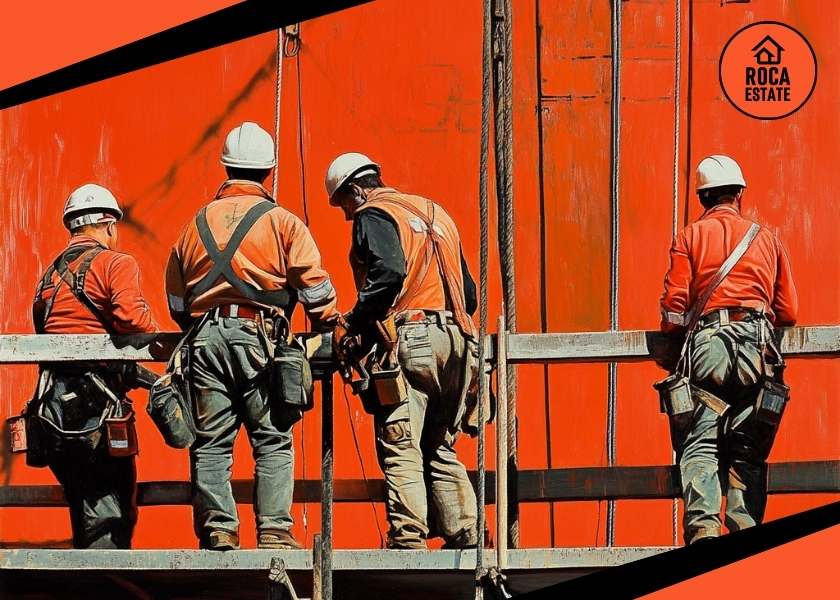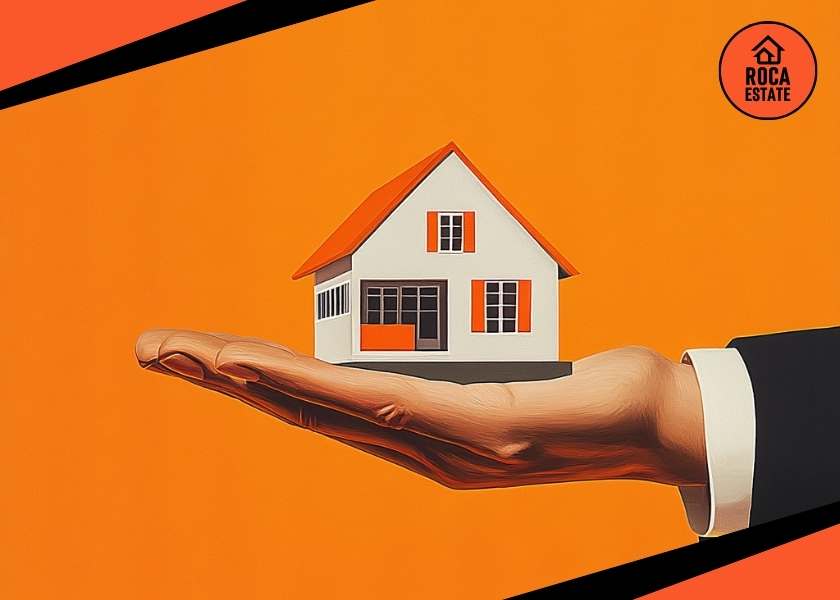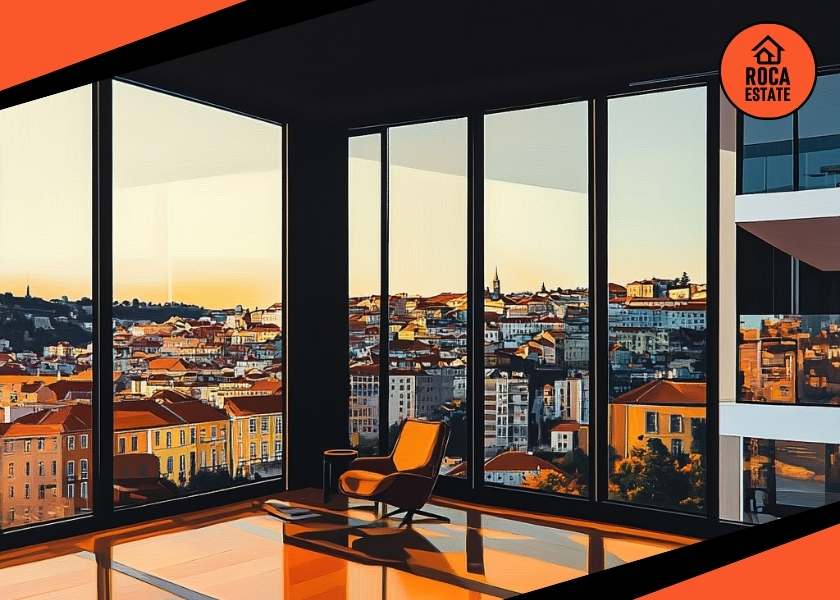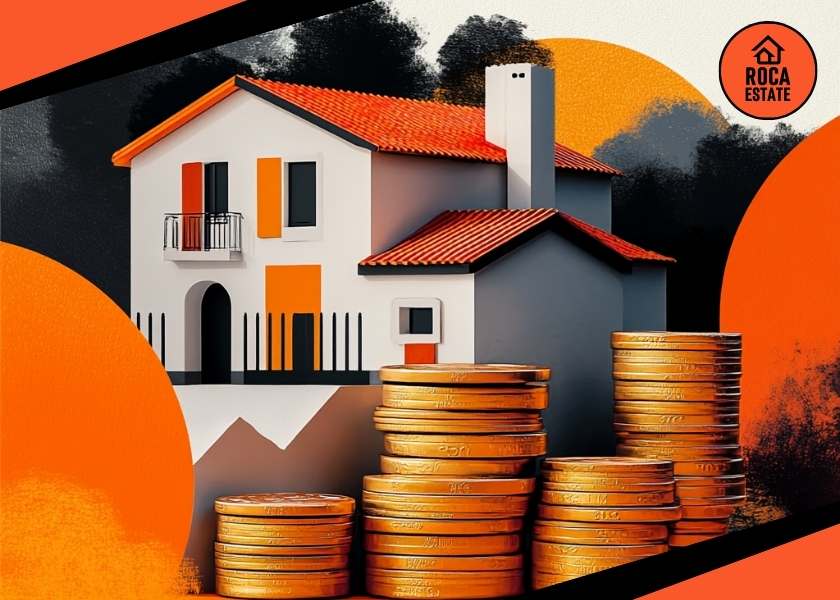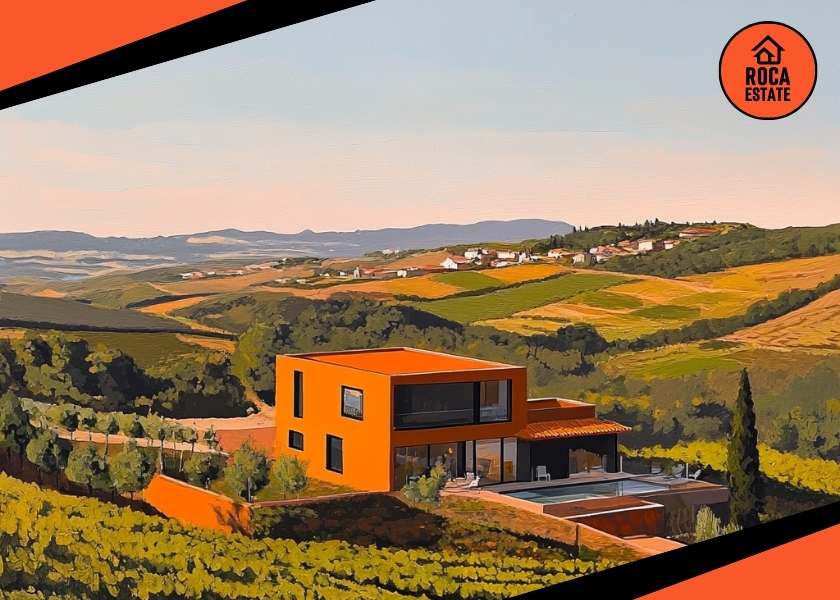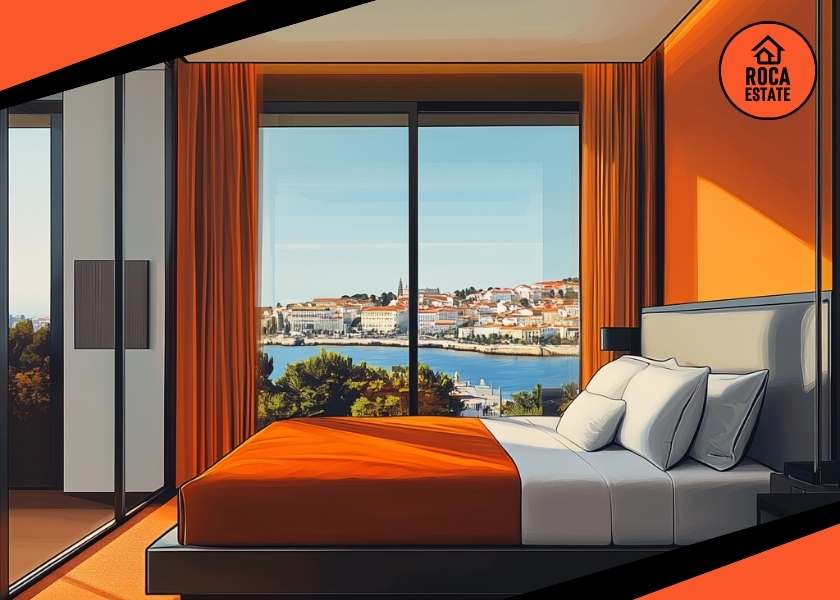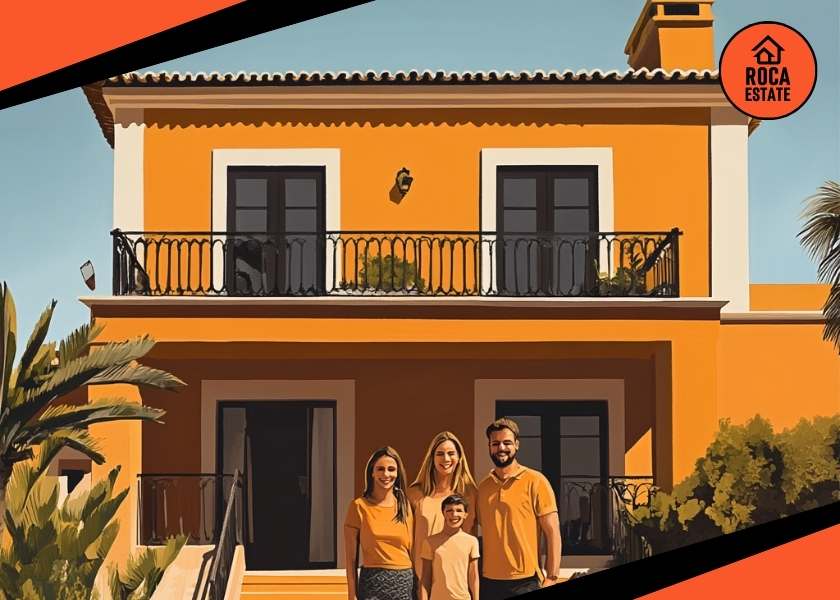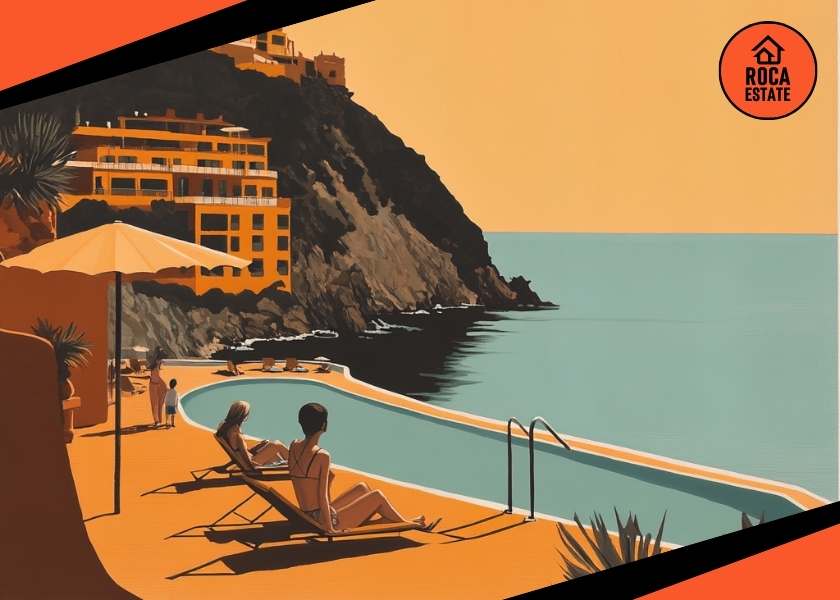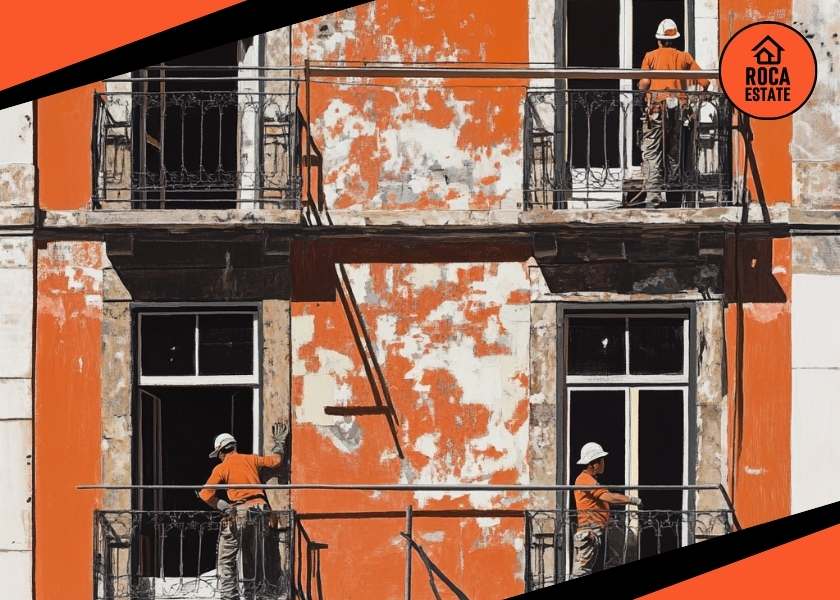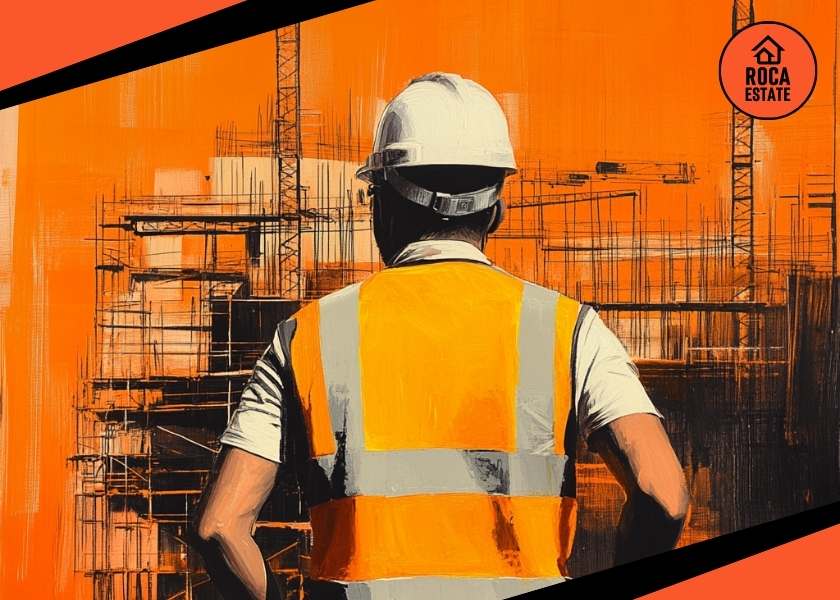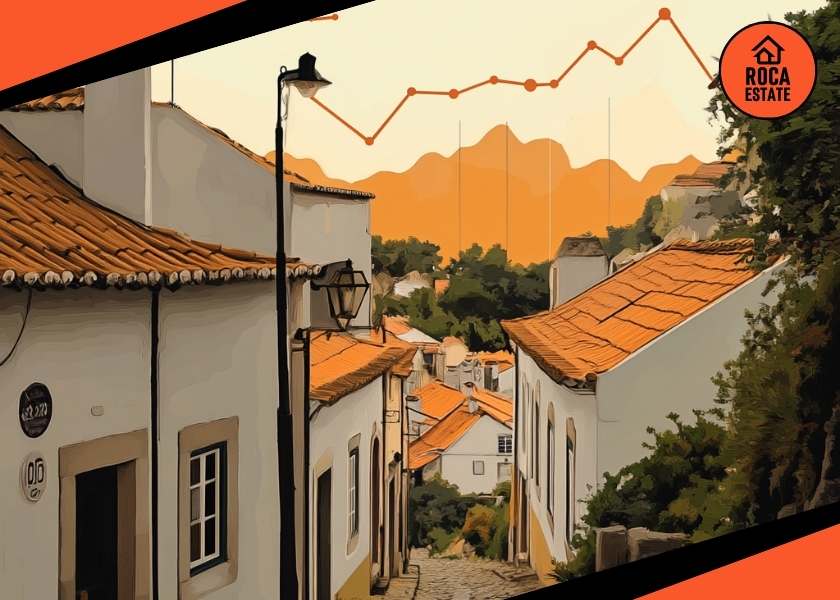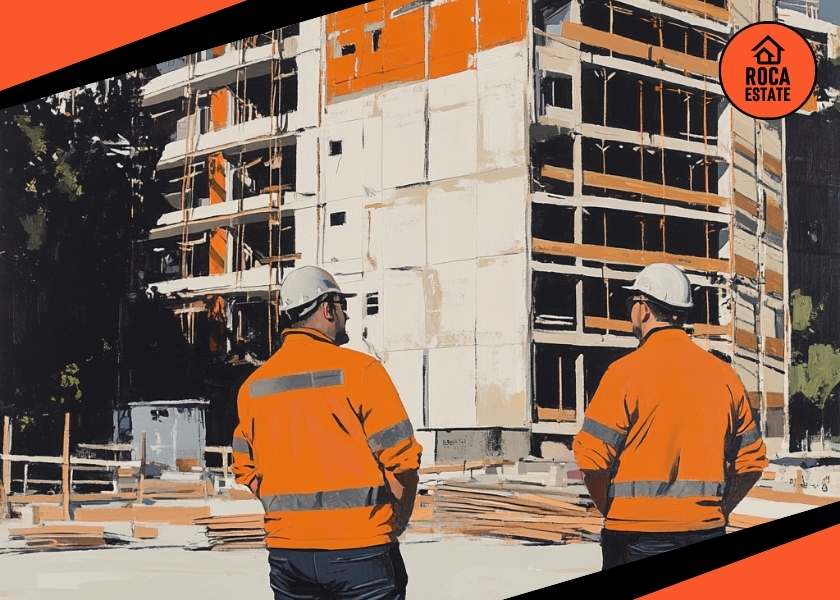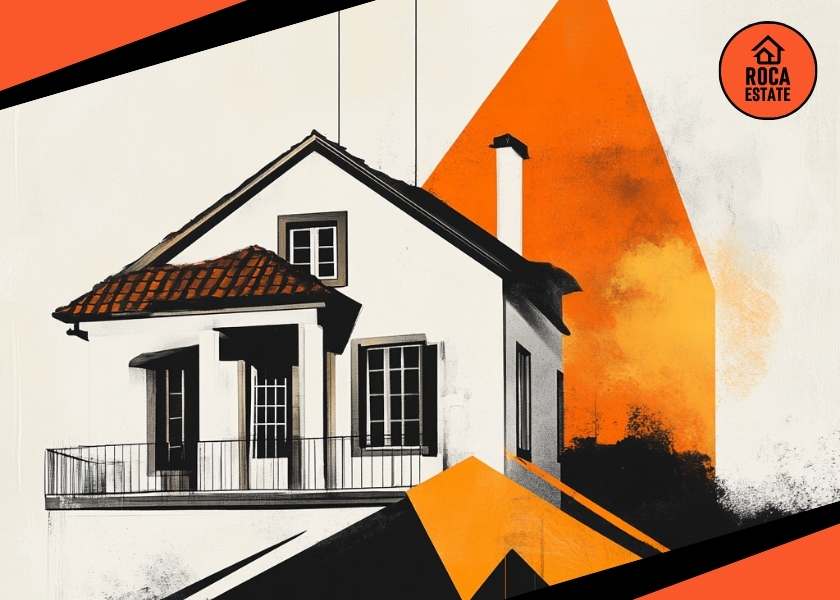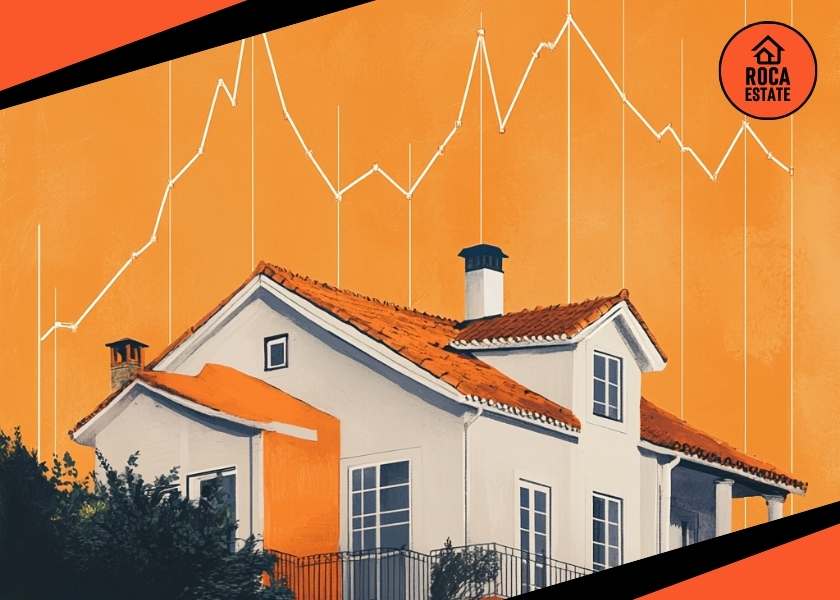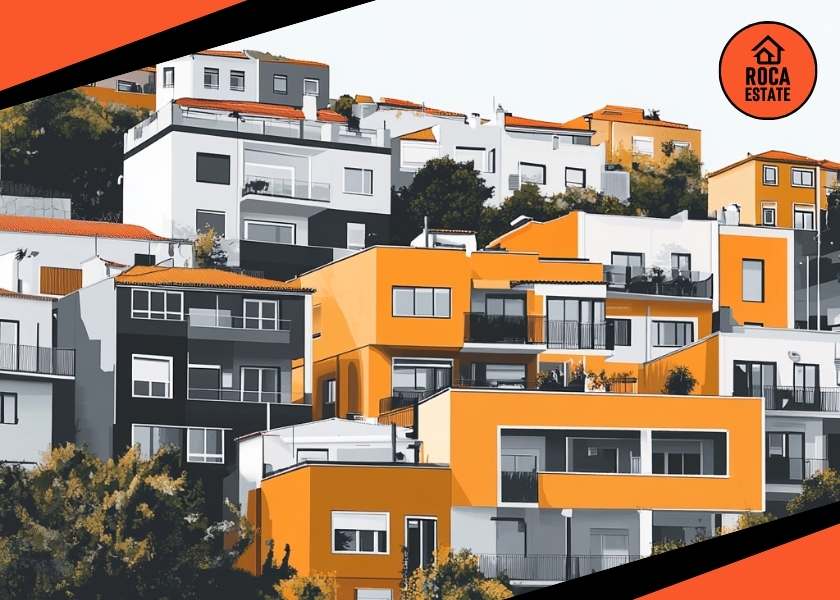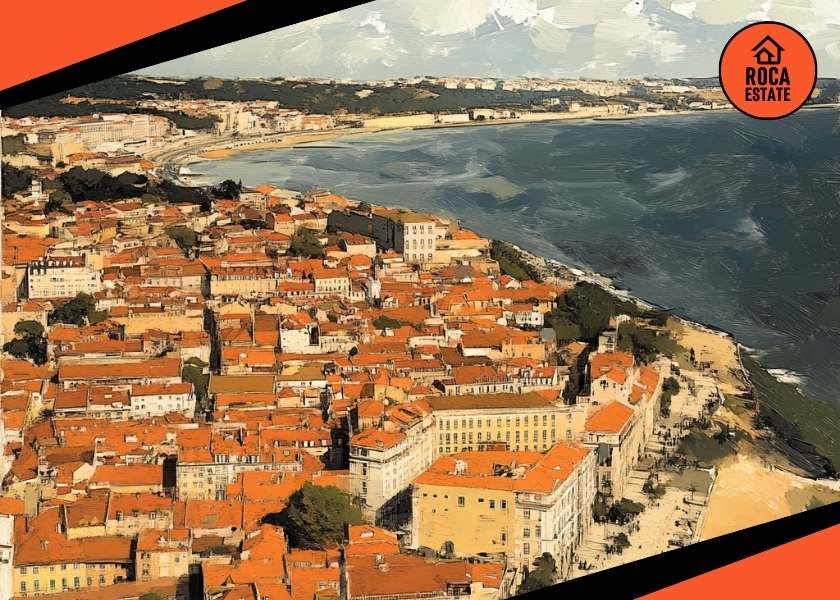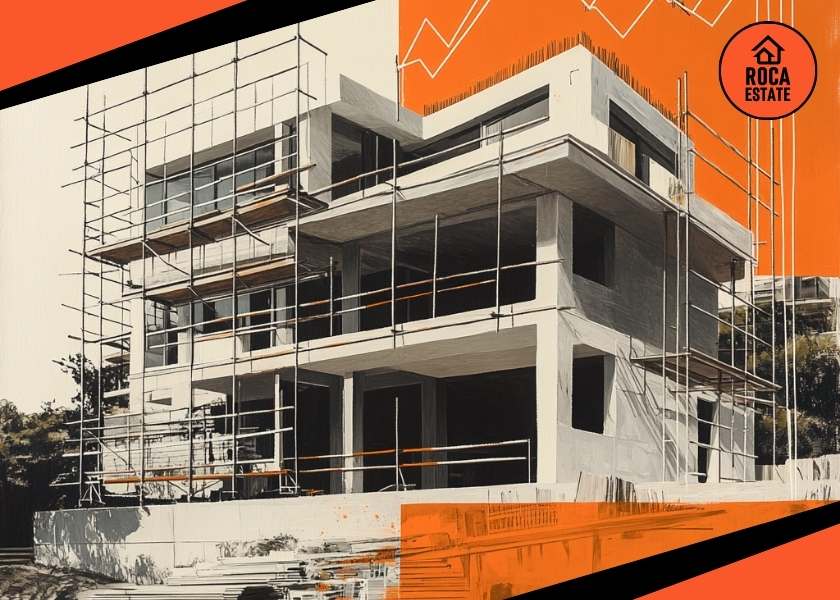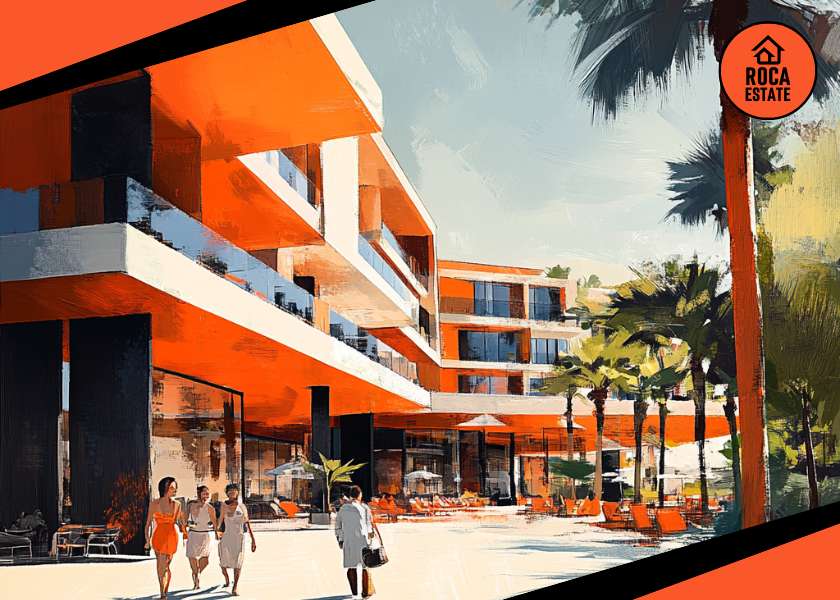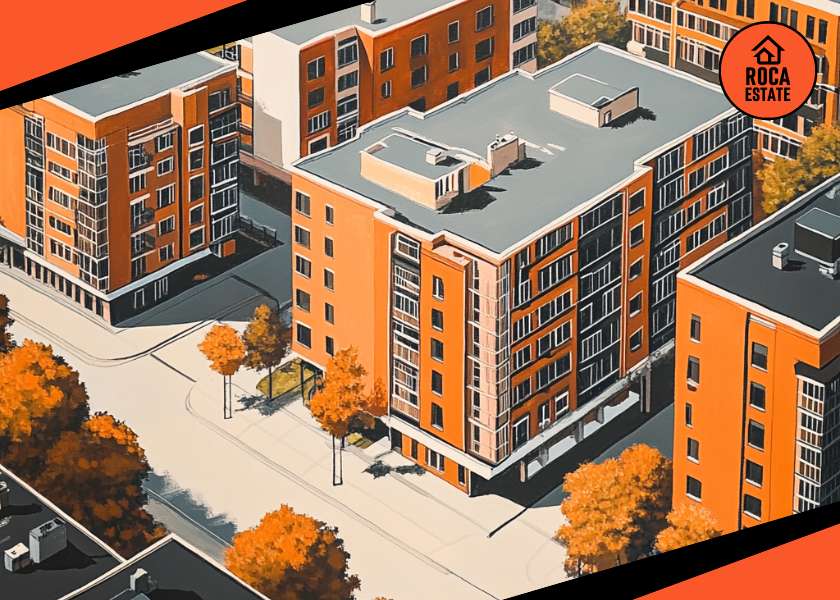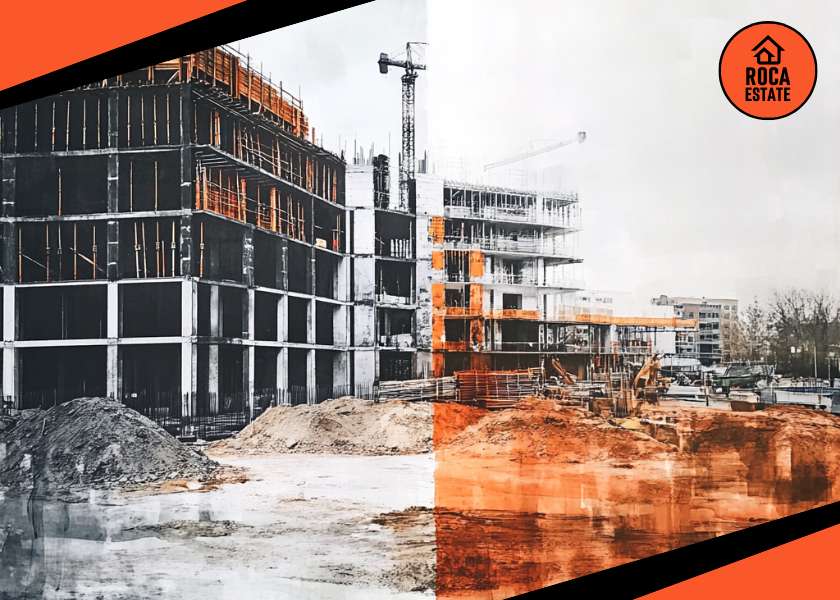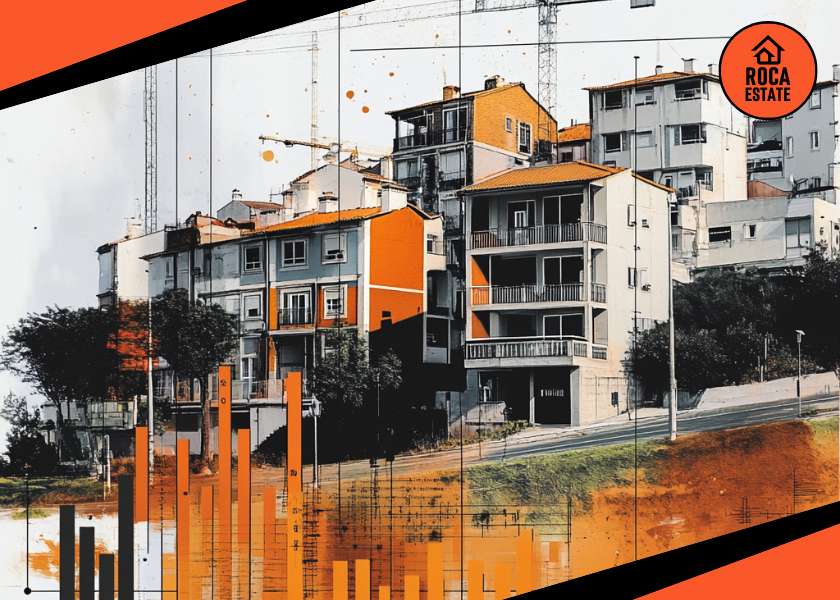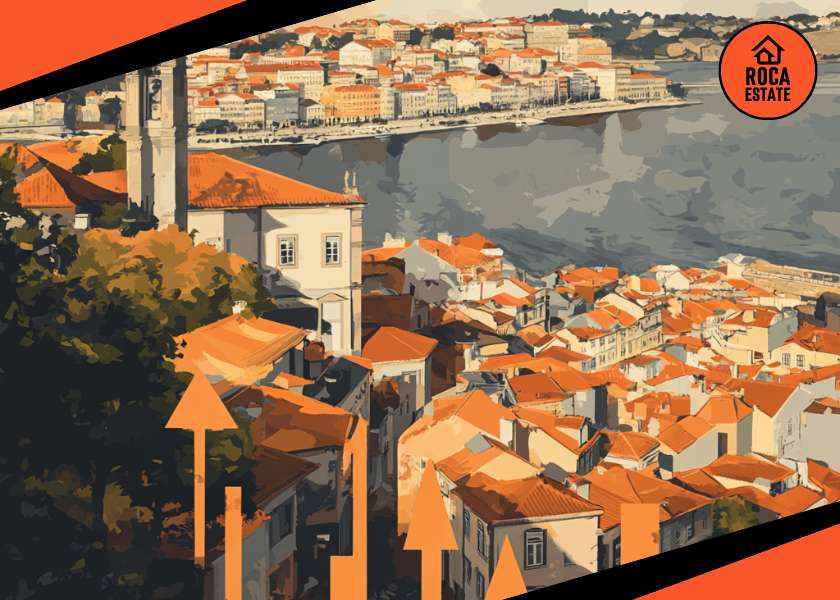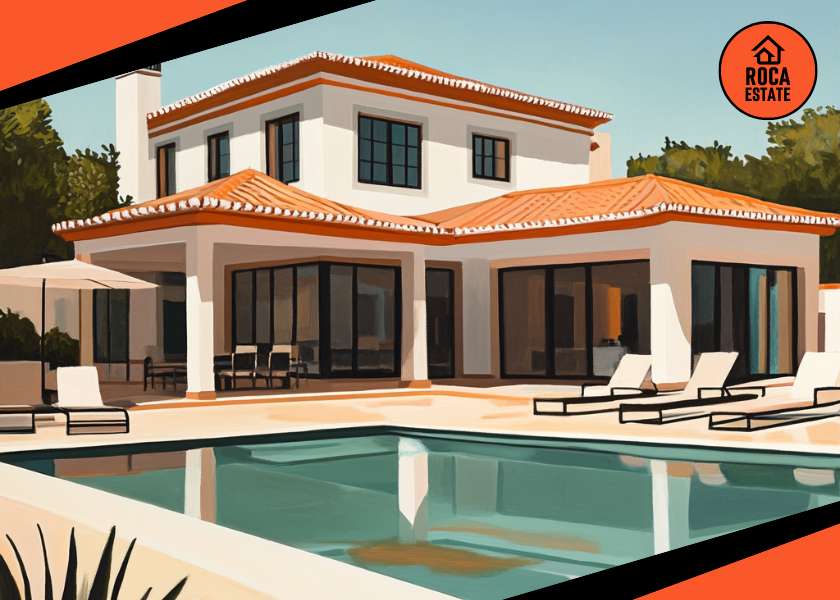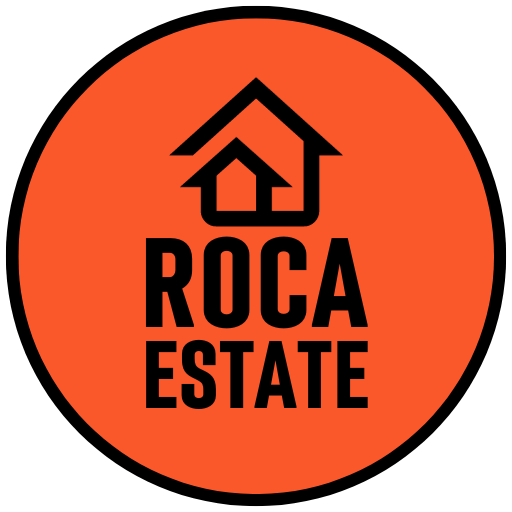High-net-worth individuals drawn to Portugal’s lifestyle often contemplate buying a luxury home. However, tying up millions in a house can leave money “sleeping” in bricks and mortar. Instead, savvy investors are realizing they can keep their capital working by acquiring income-generating commercial real estate – from warehouses and retail spaces to hotels and offices – while renting their dream home. This strategy preserves liquidity, produces steady income, and still lets you live where you desire. Recent market data from 2024 – 2025 reinforces that commercial assets in Portugal offer robust rental yields, solid appreciation potential, and high occupancy, often outperforming an owner-occupied residence.
According to a 2024 study, Lisbon ranks among Europe’s highest-yield capitals for rental property (see chart below). This reflects how Portugal’s rental yields have surged, thanks to rising rents and strong demand. In fact, gross residential yields in Lisbon reached about 5.65% in mid-2024, higher than many other prime cities. That backdrop underscores the opportunity: if even homes can yield ~5%, commercial assets typically yield equal or higher, and you still hold a saleable asset. By renting your residence (paying perhaps 3–4% of its value yearly) and investing your capital for a 5–7% return, you can get the difference in cash flow while enjoying any appreciation on your investments.
Rental Yields in European Cities (2024)
Below, we break down the major commercial real estate asset classes in Portugal – warehouses, street retail, shopping centers, hotels, income-producing residential buildings, and offices – and show why each can be a lucrative alternative to sinking € 1M+ into a private home. We’ll then compare a €1 million investment over 5 years in each asset class versus a high-end home. All data and examples focus on the national market as a whole (not just Lisbon or Porto), to illustrate Portugal’s overall trends.
Warehouses & Logistics: Capitalize on E-Commerce (High Yields, Full Occupancy)
Portugal’s industrial and logistics real estate is booming amid the e-commerce and nearshoring wave. Modern warehouses and distribution centers boast some of the highest yields in the market (prime logistics assets trade around a 5.5% yield) alongside excellent occupancy. In 2024, demand for logistics space skyrocketed – over 415,000 m² was taken up in H1 2024 alone, a 35% jump vs. 2023. This absorption exceeded the total for all of 2023 by mid-year, signaling a rush of tenants for limited space. Vacancy rates in key hubs are extremely low (in Greater Lisbon, new logistics parks were 75% pre-leased upon completion, meaning investors enjoy stable rental income from day one.
Crucially, rents are climbing – prime warehouse rents rose again in 2024 as companies compete for quality facilities. Strong rental growth directly boosts property values (and thus appreciation). Even after a period of yield “decompression” in 2022–23, industrial values are rebounding; prime yields stabilized in 2024 and may even compress as interest rates ease. The result is likely capital appreciation on top of fat rental returns. For example, if you invest €1M in a logistics facility at a 6% yield, you might collect ~€60k/year in rent. Assuming modest value growth of ~2% annually (supported by rent hikes and intense demand), your warehouse could appreciate to ~€1.1M in 5 years – all while paying you ~€300k in cumulative rent. Few homes can match that mix of cash flow and growth. Unlike a single-tenant residence, logistics assets often have triple-net leases, meaning tenants cover most expenses, further boosting the net yield to the owner.
Key benefits of Warehouses/Logistics:
- High Yields: Prime logistics yield ~5–6%, significantly above prime residential yields.
- Strong Demand: 2024 saw record take-up; 135% YoY increase nationally in Q2 2024, keeping occupancy near 100%.
- Rent Growth & Appreciation: Tight supply is driving rents upward, which in turn pushes property values higher over time.
- Low Vacancy Risk: Warehouses have near-full occupancy due to the e-commerce boom and lack of modern space – new projects are often pre-leased.
For HNW investors, a logistics asset in Portugal offers hands-off income (long leases to corporate tenants) and an appreciation upside as industrial real estate evolves into a core institutional asset class.
Street Retail: Tap into Tourism and High Street Resurgence
High street retail properties – think shops on prime shopping avenues or city center storefronts – are another compelling asset class. Portugal’s streets are alive again: consumer spending and tourism rebounded strongly in 2024, benefiting retailers. By Q2 2024, retail trade volumes were rising (+2.8% YoY) and prime high street rents in Lisbon hit €140/m² per month, up 3.7% from 2023. This growth signals retailers’ confidence and capacity to pay higher rents, which directly improves rental yields for landlords. Prime high street retail yields are around 5.0% (gross), and investor demand for the best locations remains resilient, evidenced by high street retail accounting for a large share of investment transactions recently. In 2024, “Retail was the star sector,” capturing 50% of commercial investment volume, much of it focused on high street units and retail parks.
Occupancy on prime streets is very strong. In fact, a shortage of quality retail space has been noted: by late 2024, there was virtually zero vacant prime shop space in top high streets, with new brands having to wait for developments under construction. Tourist-heavy areas (Lisbon, Porto, Algarve) enjoy year-round foot traffic, and even local shopper demand is up thanks to wage growth and low unemployment. For an investor, this means reliable tenants and minimal downtime. Yields of ~5% with such stability are attractive. Appreciation potential is also promising: as Portugal’s economy grows and tourism remains robust, prime retail locations tend to gain in value. We’ve already seen prime yields holding stable or tightening after a slight rise in 2023, indicating that prices for the best retail assets are firming up again. Over 5 years, a €1M investment in a flagship store could reasonably see ~€50k annual rent (5%) and perhaps 1–2% annual value uptick as rents climb. That’s roughly €250k in income plus €50–100k in appreciation – far outpacing a high-end home’s performance in the same period.
Key benefits of Street Retail:
- Tourism-Driven Sales: Portugal had nearly 30 million tourists in 2024, a record high. Tourist spending fuels retailers (and their ability to pay rent), especially in shopping streets.
- Prime Location Security: Best high street spots are in short supply and high demand – occupancy stays high and rents even rose in 2024 despite broader retail challenges.
- Solid Yields (~5%): You earn a healthy yield, and leases often have inflation-linked clauses, protecting income.
- Long-Term Value: Trophy street retail in Portugal’s major cities tends to hold value well and appreciate as the cities grow in affluence.
In short, buying a store on a prime Portuguese street can yield steady cash and long-term pride of ownership, versus a luxury home that yields nothing. And if you love shopping in chic districts, why not own the store instead of the apartment above it?
Shopping Centers: Stable Cash Flows from Major Commercial Hubs
Investing in shopping centers (commercial centers) provides an opportunity to own a slice of Portugal’s established retail hubs. Malls and retail parks in Portugal have proven resilient. Post-pandemic, shoppers have returned: by 2024, footfall and sales in many centers were nearing or exceeding 2019 levels. Prime shopping center rents remained steady (around €95/m² for top malls) and retail park rents even surpassed pre-pandemic levels due to high demand for large-format space. This stability translates to consistent occupancy – top-tier shopping centers often boast occupancy rates above 95%, as retailers vie for space in the best-performing malls. Many Portuguese malls have waiting lists for certain unit sizes or categories.
From an investor standpoint, income is diversified across dozens of tenants (fashion brands, grocers, cinemas, etc.), which reduces risk. Even if one store closes, others ensure rent keeps flowing. Prime shopping center yields are in the ~6–6.5% range net, reflecting the solid cash flow these assets generate. For instance, a €1M stake in a prime shopping center could yield around €60–65k per year in rent. While the capital appreciation on malls may be moderate, the total return can be very attractive when adding up five years of income. Portugal’s mall sector is mature, so capital growth might run ~1% yearly (linked to rental indexation or occasional re-leasing at higher rents). But even if your €1M stake grows to only ~€1.05M over 5 years, you’ve still collected ~€300k of rent in that time – far surpassing any gains from an idle home.
Additionally, sentiment for retail assets improved in 2024 as interest rates peaked. Investor activity in retail hit ~50% of all CRE investments, indicating confidence. As consumer spending in Portugal keeps rising (supported by wage growth and a 2.8%+ retail sales uptick in 2024, well-located malls should enjoy high occupancy and stable or growing rents. The result is a bond-like income stream with a potential kicker if you buy into a center that undergoes an expansion or refurbishment (increasing its value). Crucially, it’s easier to liquidate or refinance a commercial stake if needed (because it’s a yielding asset) – unlike a €1M house, which might sit on the market.
Key benefits of Commercial Centers:
- Diversified Tenants: Risk spread across many businesses; income is not reliant on one payer (unlike a single-family home).
- High Occupancy: Prime centers maintain very high occupancy (~95%+); Portugal’s retail occupancy and rents are rebounding post-COVID.
- Attractive Net Yields (~6%): Malls/traditional centers offer higher yields than residential, boosting cash returns.
- Stable Long-Term Asset: Well-established malls like Colombo (Lisbon) or Norteshopping (Porto) are entrenched consumer destinations – they tend to keep value and can be upgraded to stay current, providing gradual appreciation and income growth.
For an HNW investor, a piece of a shopping center can be a “coupon-clipping” investment – it throws off cash reliably. Meanwhile, you can rent a luxury villa for yourself and let your mall income pay for that lifestyle.
Hotels: Ride the Tourism Wave with Hospitality Investments
Few sectors highlight Portugal’s economic vigor like hotels and hospitality. Tourism in Portugal is on fire – the country welcomed a record ~30 million tourists in 2024 and overnight stays keep climbing to all-time highs. This has driven hotel performance (occupancy and rates) to record levels. By mid-2024, Portuguese hotels collectively reached historic occupancy rates, especially in the luxury segment. Investors have noticed that hotel properties accounted for ~23% of all CRE investment in 2024, the second-biggest sector, with nearly half of hotel investment coming from foreign capital (a sign of confidence in future tourism).
For HNW individuals, investing in hotels can take several forms – from owning a small boutique hotel outright to buying shares in a larger hotel or a structured fund. Regardless, the income potential is significant. Many hotels in prime areas operate at 70–80%+ occupancy annually and command high room rates, yielding annual net returns in the mid to high single digits. It’s not uncommon for a well-run hotel property in Lisbon or the Algarve to deliver a 6–7% yield to its owner under a lease or management contract. On €1M, that’s ~€60–70k per year in income (far more than the rent you’d pay to live in a €1M home). And the upside doesn’t end there – hotel asset values appreciate as RevPAR (Revenue per available room) grows. Portugal’s RevPAR has been climbing thanks to higher daily rates and packed rooms; for example, many regions saw RevPAR up ~9–10% in 2024. This translates to rising valuations for hotel real estate.
If tourism demand continues its structural uptrend, a hotel bought today could be worth substantially more in 5 years. Even conservative estimates might peg hotel property appreciation at ~3% annually (given strong cash flows and investor appetite). Combined with a 6% yield, that’s a powerhouse ~9% annual total return. Indeed, Portugal’s overall property index showed a +6.8% total return in 2023, and hotels likely beat the average due to the tourism boom. Furthermore, you maintain flexibility – you could negotiate some personal usage (perhaps a few weeks’ stay per year in your own hotel) while the asset pays for itself. Compare that to owning a vacation home that you use a few weeks a year, but must carry costs year-round with no offsetting income.
Key benefits of Hotels:
- Tourism Boom: Record visitor numbers are driving hotel occupancy and revenue to new heights, directly boosting investor returns.
- Strong Cash Flow: Well-located hotels can yield ~6–7% net. Your investment generates income from dozens or hundreds of paying guests, not one tenant.
- Professional Management: Hotels are often run by operators, so as an investor, you can receive passive income via lease agreements or profit-share, without day-to-day involvement.
- Value Appreciation: As tourism grows, hotel profits rise, and investors are willing to pay more for those cash flows. (E.g., Portugal’s hotel sector saw the highest investment volumes in 2024, indicating rising values and optimism).
Overall, owning part of Portugal’s thriving hotel sector lets your capital ride the tourism wave, generating returns that make a personal home purchase look like a missed opportunity.
“Income Houses” (Multi-Family Buildings): Steady Rental Streams from Housing Demand
Rather than buying one fancy house for yourself, consider buying an entire residential building (or a portfolio of apartments) to rent out. These “income houses” – essentially multi-family rental properties – let you capitalize on Portugal’s surging housing rental market. Demand for rentals is intense: Portugal’s population is growing again (in 2024 it hit ~10.64 million, boosted by over 1 million foreign residents), and high home purchase prices are pushing more people to rent. The result is low vacancy and rising rents in the long-term rental market. In mid-2024, Lisbon’s gross rental yield was ~5.65%, and other cities like Porto, Braga, and Setúbal all offer yields around 5–6%. Even more telling: by the end of 2024, the average gross rental yield nationwide reached 6.9% – a remarkably high figure, reflecting rent growth outpacing prices. For context, just a couple of years ago, yields were closer to 4–5%; this jump underscores how lucrative rentals have become for investors.
By owning a multi-family asset, you effectively become the landlord for multiple tenants, diversifying your income. Occupancy tends to remain ~95–100% in well-located rental buildings because the housing supply is tight, and any vacant unit can be filled quickly,y given the housing shortage in many Portuguese cities. Moreover, Portugal has implemented policies to encourage rental supply (e.g., tax breaks for longer leases, which can benefit you as an investor-landlord. Over a 5-year horizon, an income house could deliver both healthy cash flow and capital appreciation. Suppose you invest €1M to buy a small apartment block or a few flats; at a conservative 5% yield, you earn ~€50k/year in rent (likely rising each year with indexed increases). If residential property values continue their trend – recall they doubled in the last decade and even in a slower 2023, house prices were up ~7% YoY – you might see, say, ~3% annual appreciation on your asset. Over 5 years, that’s ~15% gain in value (so your €1M becomes ~€1.15M) plus ~€250k rent collected. Total gain: ~€400k on a €1M investment, nearly doubling what a single luxury home (with ~4% annual appreciation) would net you.
It’s also worth noting the flexibility here: you could sell one apartment if you needed partial liquidity, or even decide to move into one unit (essentially “house-hacking” by living in part of your investment) while renting the rest. This is far smarter than owning one big home asset that’s either 100% occupied by you or 0% – an all-or-nothing proposition.
Key benefits of Income Houses (Multi-Family):
- Excellent Rental Yields: Around 5–6% in major Portuguese cities as of 2024, thanks to high rental demand and limited supply. This beats most yields on owner-occupied caliber homes.
- High Occupancy & Low Risk: Multiple units mean even if one is briefly vacant, others still generate income. Overall occupancy for quality rentals is extremely high (often ~98%+).
- Capital Appreciation: Residential values in Portugal have shown strong long-term growth (100%+ over the last decade). Even if future growth moderates to mid-single digits, your building should steadily appreciate.
- Liquidity Options: Easier to sell off a portion (individual apartment) or refinance compared to a single luxury house. And if needed, you can use a unit personally without sacrificing the entire investment’s income.
Ultimately, by being a provider of housing rather than merely a consumer of it, you turn Portugal’s real estate market into your income engine. Rent the villa you want to live in, and let your tenants effectively pay for it!
Office Spaces: Benefit from Business Growth and Rebounding Demand
Portugal’s thriving tech scene, relocation of international firms, and co-working trend have re-energized the office real estate market. While remote work made 2020–2021 challenging, 2024 saw a sharp recovery in office demand – office take-up in Lisbon jumped 77% year-on-year, and in Porto it rose 38%. Several large occupier deals drove this surge, pushing total leased area in H1 2024 above the entire 2023 volume. New, high-quality office buildings delivered in 2024 opened fully occupied or close to it, indicating that companies are hungry for modern space. In Lisbon’s historic center, the vacancy rate is around just 3% (97% occupancy) – essentially full. These stats illustrate that well-located offices in Portugal remain in demand, even as work patterns evolve.
For investors, prime offices offer stable tenants (often corporate leases of 5-10 years) and predictable cash flows. Prime office yields in Lisbon are about 4.75% (gross) as of H1 2024, and slightly higher in secondary markets – meaning a €1M Grade A office unit could yield ~€47.5k annually before costs. In practice, many HNW investors achieve ~5% net yields on multi-tenant office buildings. While that yield is a touch lower than, say, logistics, remember that office leases often include annual rent indexation and tenants typically cover service charges, keeping net income strong. Office rents in Portugal’s main cities are on an upswing too; prime Lisbon office rent held at €28/m² in 2024 but may rise given supply squeeze in certain zones. In the coming years, forecasts suggest rent growth as high as ~2-3% annually in prime submarkets as the economy expands.
In terms of appreciation, offices did see some valuation dip in 2022–23 due to higher interest rates (yields “expanded”). But in 2024, yields stabilized and investor confidence started returning. If interest rates ease in 2025, as expected, office yields could compress again, boosting values. Even without yield shift, rising rents will lift capital values slowly. A reasonable outlook might be ~2% annual appreciation for prime offices over 5 years, on top of the ~5% yield. That sums to ~7% annual total return, in line with Portugal’s overall commercial property performance (which was 6.8% in 2023. Again, compare this to owning a home outright: the office pays you every month and grows in value modestly; the home costs you monthly (in forgone rent or expenses) and hopefully grows a bit. The math clearly favors the office.
Key benefits of Office Investments:
- Corporate Tenants: Offices are leased to businesses, often on multi-year contracts, providing visibility of income (vs. a home, which provides no income unless rented out).
- Market Recovery: Office occupancy and take-up are rebounding strongly in Portugal, meaning now is a good time to buy before rents climb further.
- Urban Growth Tailwinds: Lisbon and other cities are attracting startups, digital nomads, and multinational branches, sustaining demand for quality office space. This can lead to rent increases and low vacancy in the right buildings.
- Solid Returns: ~5% yields with potential for value uptick make offices a stable play. You can also add value through renovations or energy-efficient upgrades (which are in demand by tenants), thus boosting rent and property value.
In summary, owning office real estate turns you into a landlord for Portugal’s growing businesses – a partnership likely more profitable than owning a big house that only consumes cash. Your tenants build their ventures, and you build your wealth.
5-Year Investment Comparison: €1M in Commercial Assets vs. €1M in a Home
To crystallize the advantages, let’s compare the projected 5-year outcome of investing €1,000,000 in various Portuguese commercial assets versus using the same amount to buy a high-end home. We’ll consider both total rental income earned over 5 years and property value appreciation in that period. (All figures are estimates based on current yields and recent growth trends – actual results will vary, but the illustration makes the point.)
| Asset Class | Initial Investment | Annual Yield | Annual Rental Income | 5-Year Rental Income | Estimated 5-Year Appreciation | Total Gain After 5 Years |
| Warehouses (Logistics) | €1,000,000 | 7% | €70,000 | €350,000 | 10% (€100,000) | €450,000 (45%) |
| Street Retail (High Street) | €1,000,000 | 6.5% | €65,000 | €325,000 | 10% (€100,000) | €425,000 (42,5%) |
| Shopping Centers (Retail) | €1,000,000 | 6% | €60,000 | €300,000 | 10% (€100,000) | €400,000 (40%) |
| Hotels (Hospitality) | €1,000,000 | 8% | €80,000 | €400,000 | 15% (€150,000) | €550,000 (55%) |
| Income Houses (Multi-Family) | €1,000,000 | 5.5% | €55,000 | €275,000 | 15% (€150,000) | €425,000 (42,5%) |
| Office Buildings | €1,000,000 | 6.8% | €68,000 | €340,000 | 10% (€100,000) | €440,000 (44%) |
| High-End Residential Home | €1,000,000 | 2.5% | €25,000 | €125,000 | 5% (€50,000)* | €175,000 (17,5%) |
(Estimates based on market average yields and appreciation over a 5-year period from industry sources.)
Clarification of Assumptions:
- Annual rental yields reflect conservative averages from market data (2024-2025).
- Residential housing costs are not rising more than 5% due to high production costs
- Appreciation rates are conservative estimates based on recent market trends and sector analyses.
- The percentages in brackets represent total percentage returns over the 5-year period (income + appreciation combined).
A high-end home is assumed owner-occupied (no rental income) with ~4-5% annual appreciation. Every €1M in commercial real estate could generate hundreds of thousands in income over 5 years, plus grow in value. The same €1M in a house might grow in value, but yields no income – in fact, it incurs holding costs (maintenance, taxes) that we haven’t even deducted here. Even if one were to rent out the €1M home (instead of living in it), the yield on a luxury residence might only be ~2–3%, far below the commercial options. The message is clear: you can rent a fantastic home for yourself for a fraction of what your €1M can earn elsewhere.
To put it differently, imagine you fancy a villa that would cost €1M to buy. Its market rent might be ~€2,100/month (around €25,000/year), equating to a 2,5% yield for the would-be owner. If you invest that €1M in a commercial property at, say, a 6% yield, you get €60,000/year. You can comfortably pay the €25k rent for the villa and still pocket €35k annually in net profit, all while your €1M asset likely appreciates. You enjoy living in the villa without tying up capital in it, and your money works for you in the background. In five years, you could potentially have your original €1M grown to €1.3–1.4M, plus have enjoyed a luxe lifestyle. Meanwhile, the person who sank €1M into that villa has a home that’s worth maybe €1.2M in five years – and zero extra cash.
It’s no surprise, then, that smart money is flowing into commercial real estate. In 2024, investors allocated over €2.3 billion to income properties, with retail, hotels, offices, and other commercial sectors soaking up the capital. The pie chart below shows how investment was distributed by sector, illustrating that HNWIs and institutions alike favor asset classes that produce returns. By contrast, purchasing residential homes (especially for personal use) is more of a consumption decision than an investment one, and the big players know it.
Commercial Real Estate Investment in Portugal by Sector (2024)
Conclusion: Rent Your Dream Home, Let Your Investments Pay For It
In Portugal’s dynamic real estate market, “renting versus buying” is not just a lifestyle choice – for HNW individuals, it’s a strategic wealth decision. The data from 2024–2025 emphatically supports the strategy to not buy an expensive home (tying up capital in a non-earning asset) and instead deploy that capital into commercial real estate that pays you back. Whether it’s a warehouse in a logistics park, a storefront in Chiado, a stake in a Algarve resort hotel, a fully-let apartment block, or a sleek office building, commercial assets offer real, measurable returns: yields in the ~5–7% range and consistent value appreciation backed by solid market fundamentals. They also provide flexibility – you can diversify across types, adjust your portfolio, or liquidate part of your holdings if needed, options you simply don’t have with an illiquid single luxury home.
By renting your own residence, you preserve liquidity and mobility. You can live in a €1M ocean-view villa or a penthouse today, and if your needs or tastes change, move to a different one tomorrow – all the while your €1M principal stays intact and growing in the background via commercial investments. You effectively separate your living arrangement (which is a personal expense) from your investment strategy (which is geared toward income and growth). Financially, it’s the equivalent of having your cake and eating it too.
Sources: Idealista (Renting in Portugal: Lisbon ranks among the most profitable European capitals); WORX (WORX analyzes the investment market in the first half of 2024); Essential Business (Investment in commercial real estate for returns up 44% in 2024); SAVILLS (Real Estate Market Overview Q2 2024); Iberian Property (PORTUGUESE REAL ESTATE INVESTMENT TO GROW BY 8% IN 2025); Iberian Property (Real estate in Portugal reached a total return of 6.8% in 2023)
